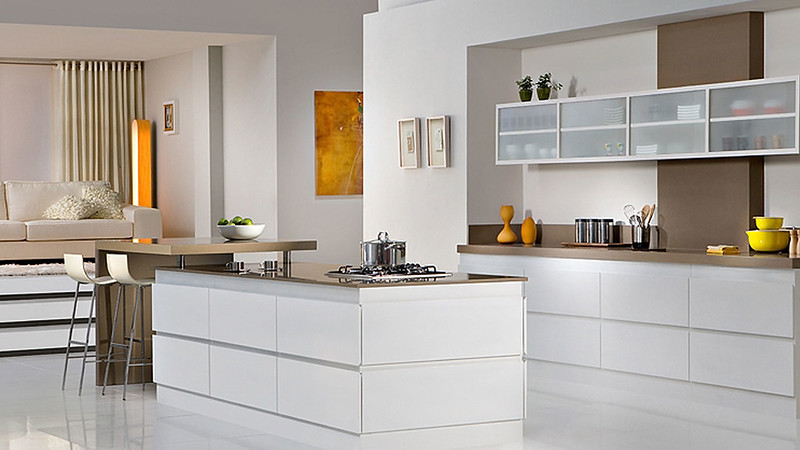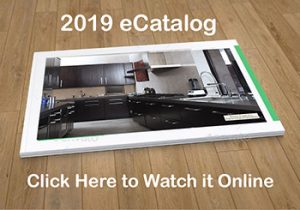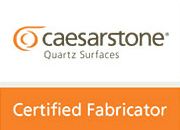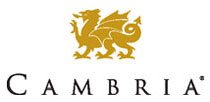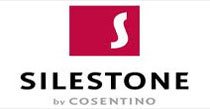Kitchen cabinets lights were once considered purely functional fixtures whose only purpose was to illuminate shelves and work areas beneath cabinets. This is beginning to change, however, as day’s larger homes and custom floor plans transform the traditional purpose and nature of the kitchen itself.
Today’s kitchen has become more than a food storage and preparation area. It has now evolved into a central gathering place for any variety of home entertainment events. Kitchen cabinet lighting in this setting must meet more than base-level requirements to produce optimal visibility and comfort. It must address certain aesthetic concerns as well such as lighting color and brightness, color rendering of illuminated surface and interior design, and glare free light that will not hurt the eyes of homeowners and guests.
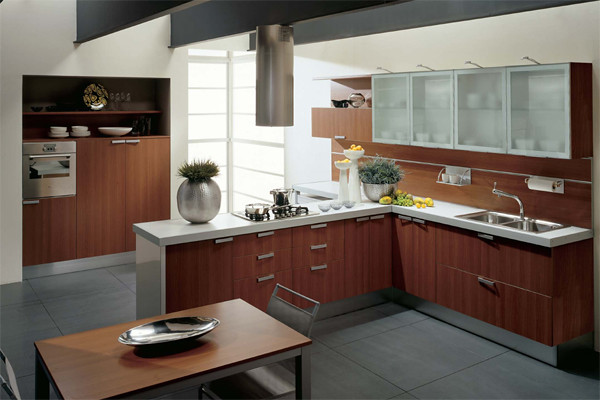
Safety, energy efficiency, and ease of operability are also top concerns when choosing fixtures, as some under cabinet lighting fixtures should be left on throughout the night, and almost all cabinet shelves will have to be adjusted or removed for periodic cleaning.
Kitchen cabinet lights fall into two primary categories: in cabinet lights and under cabinet lights. In cabinet strip lights provide interior lighting for cubic space and shelving. Under cabinet lights provide task lighting for activities done underneath a cabinet, such as food preparation and after-dinner cleanup.
Up until a few years ago, very specific types of kitchen cabinet lights were used for either in cabinet or under cabinet lighting needs. For most under the cabinet or task lighting applications, the puck light was a favorite fixture because it cast a bright circle of light onto the countertop that made it easy to see and work. When electric bills ran too high, fluorescent lamps were often substituted for pucks because of their lower heat output and power saving advantages. It was not uncommon in the 60’s, 70’s to see at least one fluorescent light over the stove.
However, due to more elaborate and ornate kitchen build outs, the dominance of puck and fluorescent under cabinet lights is no longer as absolute as it once was. This is because larger numbers of people are replacing generic counter top materials with custom, more ornate granite and marble. This presents a new dynamic for cabinet lighting manufacturers because these surfaces are highly reflective. Kitchen cabinet lights must now shield the eyes from reflective glare in addition to providing the same levels of light as they did before.
While it is true that most fluorescents are housed in frosted fixtures that minimize glare, they do not render color with enough detail to do justice to the subtle shades and variations that custom counter tops feature. Puck lights, with halogen lamps, render color better, but they are simply too intense and will almost always throw reflected light back into the eyes.
In this type of setting, it is almost always better to go with custom cabinet lights in the form of linear strips. These fixtures add value through both their low profile design and the unique qualities of glare free light they produce as an accent lighting source.
Each custom lighting strip is custom fabricated to exact kitchen cabinet or shelf dimensions. It is virtually invisible to the casual eye and features special shielding that reduces reflective glare to near-undetectable levels.
Linear strips, such as the ones manufactured by Phantom, accommodate a wide variety of festoon bulb options. A very popular bulb type for under cabinet kitchen lighting is xenon. Xenon low voltage lamps render colors at a level almost equivalent to that of sunlight. As a low voltage, dimmable lighting strip, it will bring out the subtlest red of granite and the multi-dimensional hues of marble like no other form of light—at a fraction of the cost of competing linear strip lights.
Linear strips fitted with incandescent festoons are ideally suited for interior kitchen cabinet shelf lighting. Incandescents produce the “whitest” form of light and make everything within the cubic interior of the cabinet clearly visible. Unlike puck lights, they consume virtually no cubic space within cabinets, leaving more room for storage and a more balanced presentation when the cabinet is opened in front of guests.
Restaurants should consider retrofitting any existing kitchen cabinet lights strips with LED replacement festoon lamps. These lamps produce a lumens output equivalent to that of incandescent and fluorescents, but they use 80% less electricity. Although a restaurant kitchen requires little, if any, aesthetic consideration, employee comfort and cost consciousness are of vital importance. Fluorescents emit UV radiation that is never good for anyone’s eyes, and incandescent lights left on for long hours will result in expensive light bills. LED energy saving light bulbs are simply a good investment.
Replacing low voltage festoon lights with a one-time LED light bulb upgrade will bring immediate, recurring, monthly return on investment, and it will create a more comfortable working environment for cooks.
It is also good for residential homeowners to consider installing at least one LED kitchen under cabinet light as a cost-conscious safety measure. This eliminates the need to stumble through a dark kitchen to rely upon the refrigerator light as one’s sole source of illumination, and it adds a bit of comfort as well for the overnight guest who needs a midnight snack.
